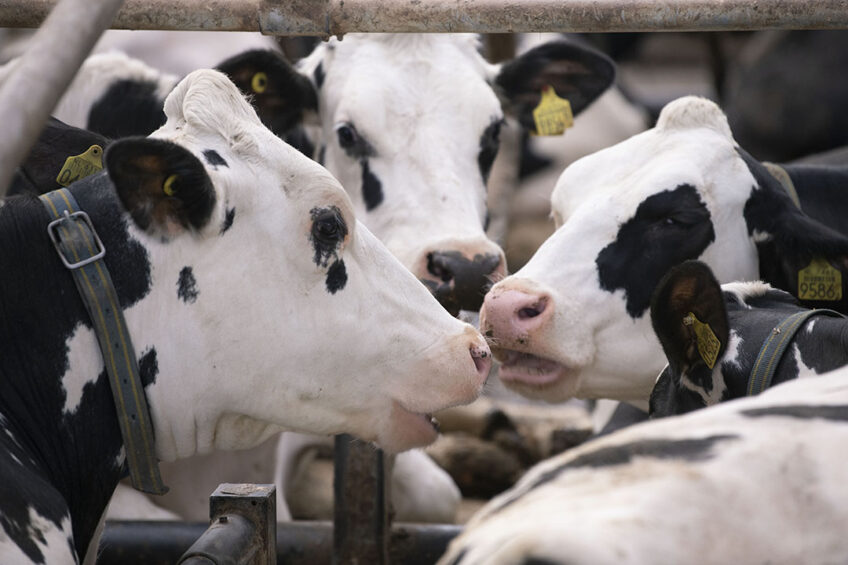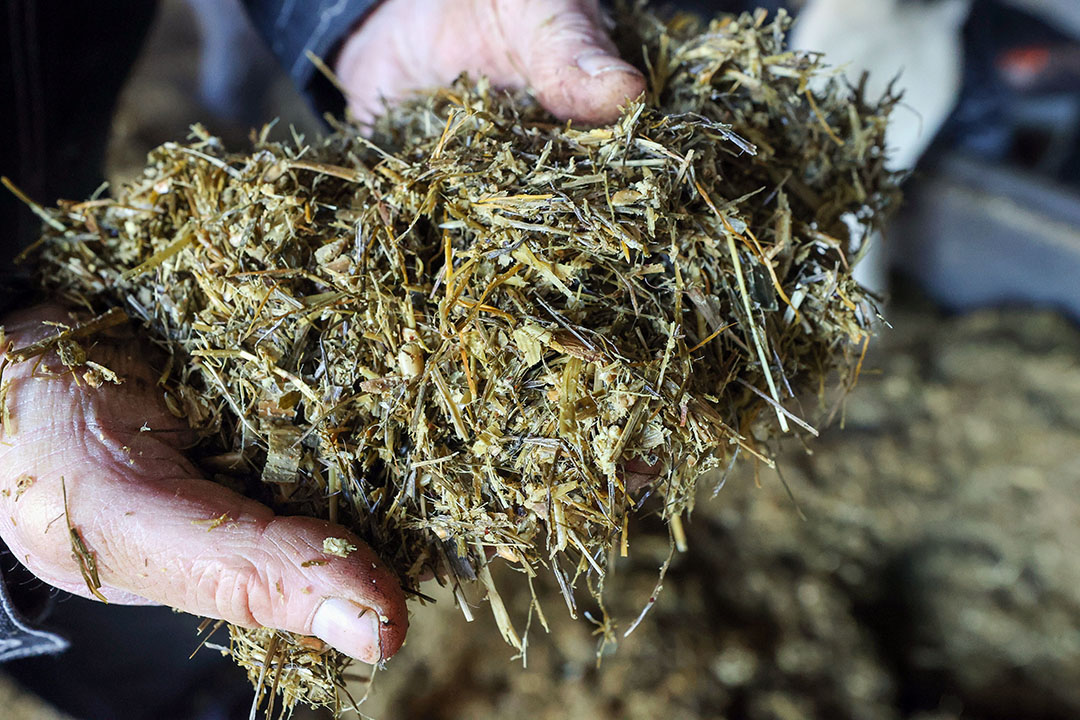Use of NPN in dairy cattle feeding

Efficient and safe use of NPN is complex, so an understanding of NPN utilisation is needed in practical dairy cattle feeding and nutrition.
NPN is a term that refers collectively to components such as urea, biuret, and ammonium bicarbonate, which are not proteins but can be converted into proteins by microbes in the rumen. Contrary to popular opinion, most dairy cattle receive substantial amounts of NPN. Many natural feeds such as pastures, hays, and especially silages contain an appreciable percentage of NPN and the use of special NPN sources in ruminant feeds will thus continue to increase.
Sources of NPN
The most common NPN source used in ruminant feeding is urea. Many other products have been used experimentally and commercially, but most of them do not compare favorably to urea, because of their higher cost or lower palatability, although some of them may have important advantages over urea for specific situations.
Nutritive value
The microbial protein formed from NPN compounds has a high nutritive value. Cows fed NPN and no protein or amino acids can lactate and reproduce normally, but it is not possible to achieve maximum production with animals fed diets with only NPN as a source of N. This is because the microbial synthesis of limiting amino acids is insufficient to meet the need to produce muscle protein and milk in genetically superior animals.
Economic advantages
The profitability of substituting NPN for natural protein supplements in dairy cattle diets depends on several factors including the cost of the NPN source, the relative price of the natural protein which is being replaced, and the animal response from substitution, usually reflected in changes in milk yields. The same basic principles apply to NPN used in large and small herds, but the risks and benefits increase with herd size.

Dietary factors affecting NPN utilisation
It was observed that, as the level of protein in a cultural medium was increased, the amount of urea converted to protein markedly decreased. There is also evidence that urea is not as well utilised when it is fed with hay or other forage alone than when starch or cereal grains are included in the diet. Various mineral elements including phosphorus and sulphur are needed for optimal microbial growth in the rumen and efficient use of urea. Further, adding a small quantity of oil to purified diets resulted in satisfactory performance of dairy cows when urea and ammonium salts were the only nitrogen sources.
Use of NPN in feeding programs
The rapid conversion to ammonia is a major problem in the use of urea. The following attempts have, therefore, been made to develop products, combinations, and procedures to reduce the conversion rate:
- Treating combinations of grains and urea with heat, moisture, and/or pressure. The situation is, however, confusing because the beneficial effects of the combinations may be partially due to the effects of processing on the grain and not just the slower conversion of urea to ammonia.
- Using ammoniated products and feeds as sources of NPN for dairy cattle. Examples are ammoniated rice hulls, beet pulp, and citrus pulp. When properly used, these NPN sources can successfully provide part of the nitrogen needs of dairy cattle.
- Use of ammonium salts such as ammonium polyphosphates, mono-ammonium, and di-ammonium phosphate which are well utilised sources of NPN. Other ammonium salts are relatively toxic and feed containing them is unpalatable.
Effects of NPN on milk production
Some evidence supports the idea that high-yield producing cows react more negatively to high NPN than do low producers. Several reports, however, have shown that NPN feeding at the recommended levels is compatible with high milk yields. In a study conducted over 3 years, 55% of a herd were fed NPN and the other 45% were fed natural protein. Both groups averaged about 5,900 kg of milk/lactation with no changes in milk fat or other milk constituents.
Points to consider
If too much urea is fed at one time, or if sufficient carbohydrates are not readily available, excess ammonia may build up in the rumen faster than the bacteria can use it. This build-up can result in a waste of nitrogen and possibly the animal’s death.
Maximum amounts of urea to feed should be as follows:-
– v 1% urea in grain mix.
– v 0.5% in corn silage (4.5 kg/ton). If 0.5% is added to corn silage, the amount in the grain should be decreased. The addition of 4.5 kg of urea/ton of corn silage will increase the protein content from 8% to 11-12% on a dry matter basis (depending on losses incurred).
Urea should not be fed to cows unless mixed with other feed. It is unpalatable, so most cows would not eat it alone. It is very important to mix urea uniformly in the diet. Improper mixing may result in animals being poisoned by eating excess amounts.
Urea is not recommended for grain mixtures containing raw soybeans. An enzyme called urease in the raw bean can convert urea to ammonia which in turn may be lost and make the feed less palatable. Little difficulty is encountered when roasted beans or soybean meal is used with urea.
Also, urea is not recommended for high moisture concentrates or concentrates stored during warm humid weather. In this case, depressed feed intakes by dairy cows may be noticed even though animals might be physiologically adapted to tolerate higher amounts of urea, probably due to the partial hydrolysis of the urea to ammonia. Masking the undesirable taste of urea with molasses may improve intake, especially when urea is used at the recommended level.
Rumen microbes require some time to adjust to urea. Also, cows may refuse mixtures that have been considerably altered. It is therefore recommended that urea be gradually increased to the desired level over at least three weeks.
Proper mineral and vitamin supplementation are especially important when urea is fed. Diets should, therefore, be balanced for calcium, phosphorus, trace minerals, and vitamin A.
Sulphur may need to be added to diets consisting largely of corn and corn silage. In grain mixes that contain 1% urea, 2 to 4 kg of sodium sulphate or calcium sulphate should be added per tonne.
Some dairymen are concerned about the effect of urea on animal health and reproduction. If urea is used as recommended and the diet is balanced for other nutrients, cows will produce well, reproduce, and maintain good health.
References are available from the author upon request







